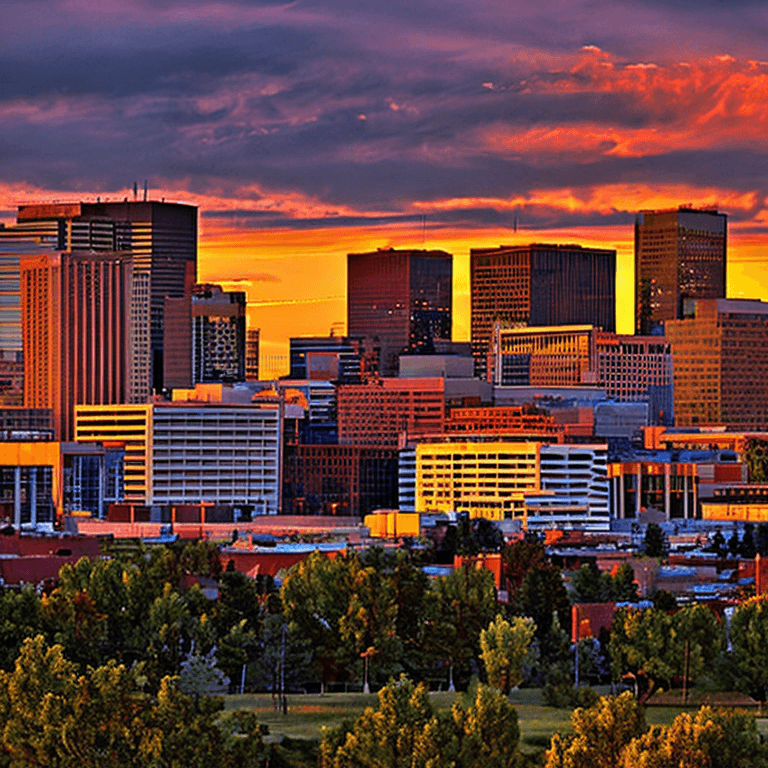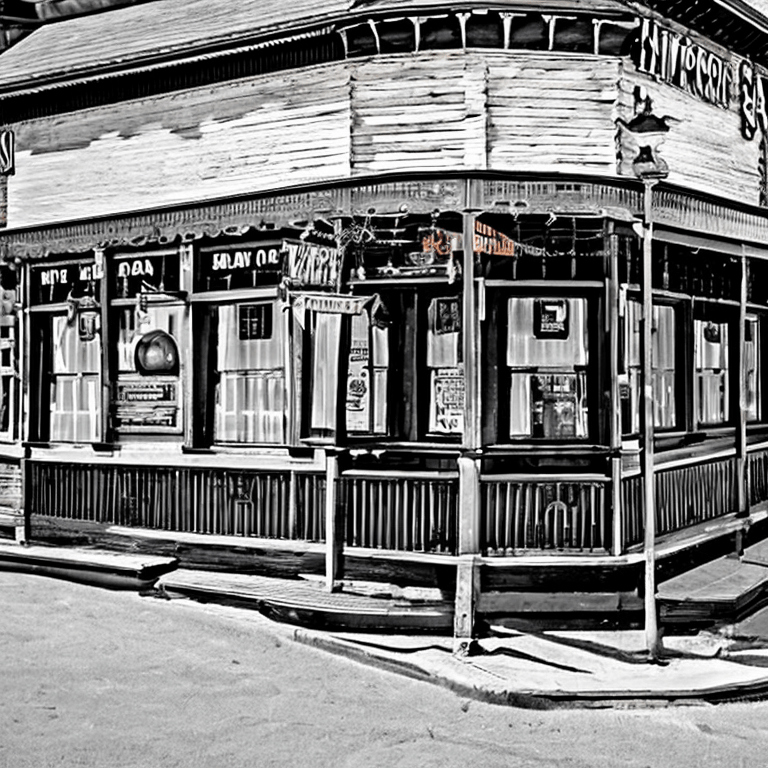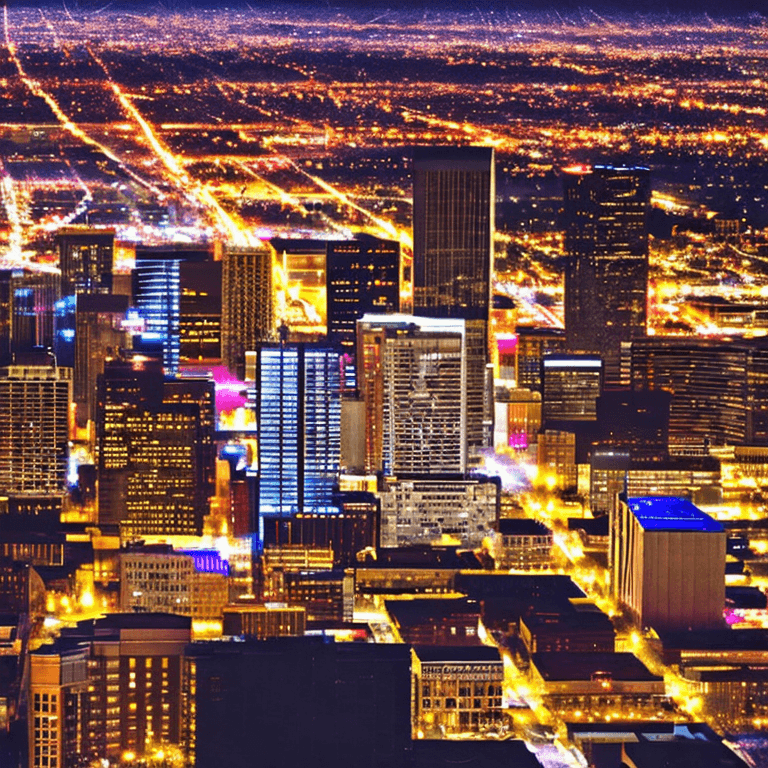The History of Denver
Denver's past is full of people and events that shaped the city. From the gold rush to the revival of Denver following the oil spill.
Early Denver was a crossroads for people who traveled between the Great Plains and Rocky Mountains. Prehistoric archaeological evidence suggests that people from different cultures interacted and mixed here.
Gold Rush
Denver's first gold boom the Gold Rush of 1849 was an important historical event. Many people came to the area hoping for fortune and a fresh start in their lives.
The first gold discoveries were discovered in Gilpin and Clear Creek Counties, west of Denver. Numerous prospectors had success in this region, such as George Jackson of Idaho Springs and John Gregory of Cherry Creek.
But these discoveries were not enough to reenergize the gold rush. To attract new miners, it required a lot of publicity. William N. Byers, editor of Denver's first newspaper, Rocky Mountain News, launched campaigns to draw gold-seekers.
By spring 1859, over 100,000 men had left their homes in the Missouri River towns of Kansas and Nebraska to traverse the plains, and then up into Colorado's mountain range. These were the men known as "Fifty-Niners."
Some were looking for the gold discovered in gulches, such as Clear Creek and Gold Run in Boulder County. Others were more ambitious, looking for gold that was buried in the mountains of Colorado.
John Gregory, a Georgian, made the first major gold discovery in the area around Central City. He was a red-haired, wiry cracker who had keen eyes for gold in his native land.
Gregory was followed by many other prospectors who struck gold strikes in Clear Creek and Gold Run. Those who continued their explorations in the mountains were rewarded by the discovery of rich gold from the placer.
The gold rush led to Colorado an important mining center and railroad-dependent city. The city grew rapidly, eventually becoming the capital of the Territory of Colorado in 1881. Today, Denver is a vibrant city with a variety of museums, parks, and other attractions that celebrate its storied past.
Silver Rush
Mining for silver and gold was the main engine of economic growth of Colorado in the 19th century. It generated more than $1 billion in earnings and created a few early millionaires such as Nathaniel Hill and Horace Tabor.
In 1849, a group of California prospectors headed west to find their fortune. They discovered some gold in Ralston Creek, near Arvada. Arvada, and later discovered placer gold (veins of gold embedded in rock) at Cherry Creek. These discoveries were teasers however they piqued the curiosity of a few Midwestern and Eastern investors who jumped aboard and started to investigate the area more.
Tens of thousands of men left for the northeastern part of Colorado as the word spread. They came for many reasons, from wanting a new start to being caught up in tensions between sections North and South.
But some of them were motivated by the prospect of riches, because of their exposure to advertising literature, such as Horace Greeley's "Go West, Young Man." These men were also fueled by an unending desire for adventure.
No matter their motivations, most of them found their fortunes in silver and gold mining. The discovery of silver in the 1850s, coupled with the Bland-Allison Act of 1878, which required Congress to purchase 4.5 million ounces of silver per month, raised the price of the metal dramatically and enabled the development of additional mines throughout the state.
The economy plummeted after the silver boom, and many mining districts could not survive. Durango and Ouray in southwest Colorado continued to be strong, while others, like Creede or Silverton in San Juan Mountains, floundered.
Culture Rush
Denver is a cultural hub. Denver is home to some of the top art institutions in the United States as well as museums that are world-class and honor the past and present.
A visit to the Denver Art Museum, for instance, is certain to impress with its collection that spans prehistory through the 21st century. It is also located across the street from the Clyfford Museum which houses the largest collection of American abstract expressionist art.
As the culture craze continued, Denver began to transform its status from a frontier town into a modern and flourishing metropolis. This transformation was made possible by a brand new train line that connected Denver with other cities and towns throughout the country.
The new route also brought more money to the city, which led to an increase in population growth. When World War II started, Denver was the third-largest city in the United States with a population of more than 322,000.
Another factor that contributed to the growth of Denver was the development of the US Mint, which was built in the city in 1878. The mint is a renowned tourist attraction and tours are offered daily.
It's a must to visit the Molly Brown House, the home of Denver's first woman mayor. The Victorian-style residence that was restored in Victorian style, offers an interesting look into Colorado's history and present.
Although the Gold Rush helped Denver to become its identity, it was not without its problems. A lot of the people who left their homes in eastern America to explore the riches of the west weren't well-equipped to travel. They often traveled in wagons, and were susceptible to dehydration, hunger, and even death. These conditions led to the spread of fear and xenophobia which led to the creation of the Ku Klux Klan.
Oil Boom
The 1849 oil boom was the catalyst that brought Denver City into a new age. It was a time when people came from all over the nation to work in oil fields. The boom caused a large demand for homes, restaurants and hotels, as well as water systems to accommodate the increasing number of workers in western Colorado.
Numerous towns have sprung up in the region to accommodate workers and visitors. Some towns were small, with few shops and restaurants and some had huge oil towns that had restaurants, hotels, and recreation facilities.
One of the most renowned was Gearhart in the town of Gearhart, which was just half a mile to the south of the Patterson well. The town had a number of businesses , including a general store as well as a supermarket, a barbershop/pool hall, machine shops and other services.
The town was a favorite among workers from other areas due to the fact that it was affordable for lodging and was easy to reach. It also had a dance pavilion where laborers and guests could dance.
The boom was a wonderful time for certain however, it also brought many difficulties to Denver and the surrounding communities. Certain towns and families were forced to leave their homes, others would fail or be unsustainable.
Additionally the towns had to deal with the shortage of workers as people from other parts of the country were drawn by the high-paying job opportunities available in western Colorado. The people who didn't work in the mines faced difficulties finding housing, upgrading wooden water lines to handle more flow, and also serving meals in restaurants that were packed with tourists and workers.
Today, the Denver-Julesburg Basin is one of the largest oil shale plays in the world. While the oil industry in the state is an important part of its economy, it is not the only one. To spur economic growth, companies are now looking at other sectors such as finance and cleantech. Oil and gas production is not likely to grow as quickly as it did prior to when this law was passed.
Boom and Bust Cycle
Boom and bust cycles are a cycle of economic growth and fall that occurs in capitalist nations. In an economic boom when the economy is growing, jobs are plentiful and investors earn high returns on their investments. After the boom is over and the economy slows down and people lose their jobs and investors lose money.
During the boom of the current economic crisis, the central bank makes it easier for both individuals and businesses to borrow money by lending it at low interest rates. They can put the funds in companies or technology stocks, or even houses, and hope for a high return on their investment.
Related: Denver Car Accident Attorney
Businesses begin to cut back on their spending once the economy slows down and employees lose their jobs. In the midst of the recession, business owners begin to sell off their assets, including stock portfolios and houses, in an effort to raise funds for payroll.
The history of Colorado is characterized by boom-and-bust cycles. These include the gold rush of 1849 and the Panic of 1893. But Colorado's economy has changed and is no longer reliant heavily on mining.
The energy boom led to the creation of Denver an important metropolis in the 1980s with its high-rises. The "Mile High City" was given to the city.
But the frenzied construction business proved to be one of the largest destabilizers of Denver's economy. In the boom in energy, developers built many projects simply because they had enough money.
This trend has returned in the current real estate boom, especially in the Front Range. This means it's possible that the Colorado economy will once again slide back into the boom-and-bust cycle.
Denver, Colorado Car Accident Resources:


